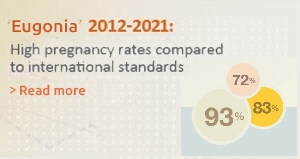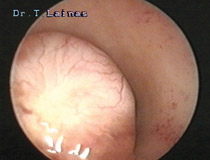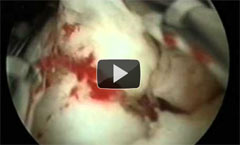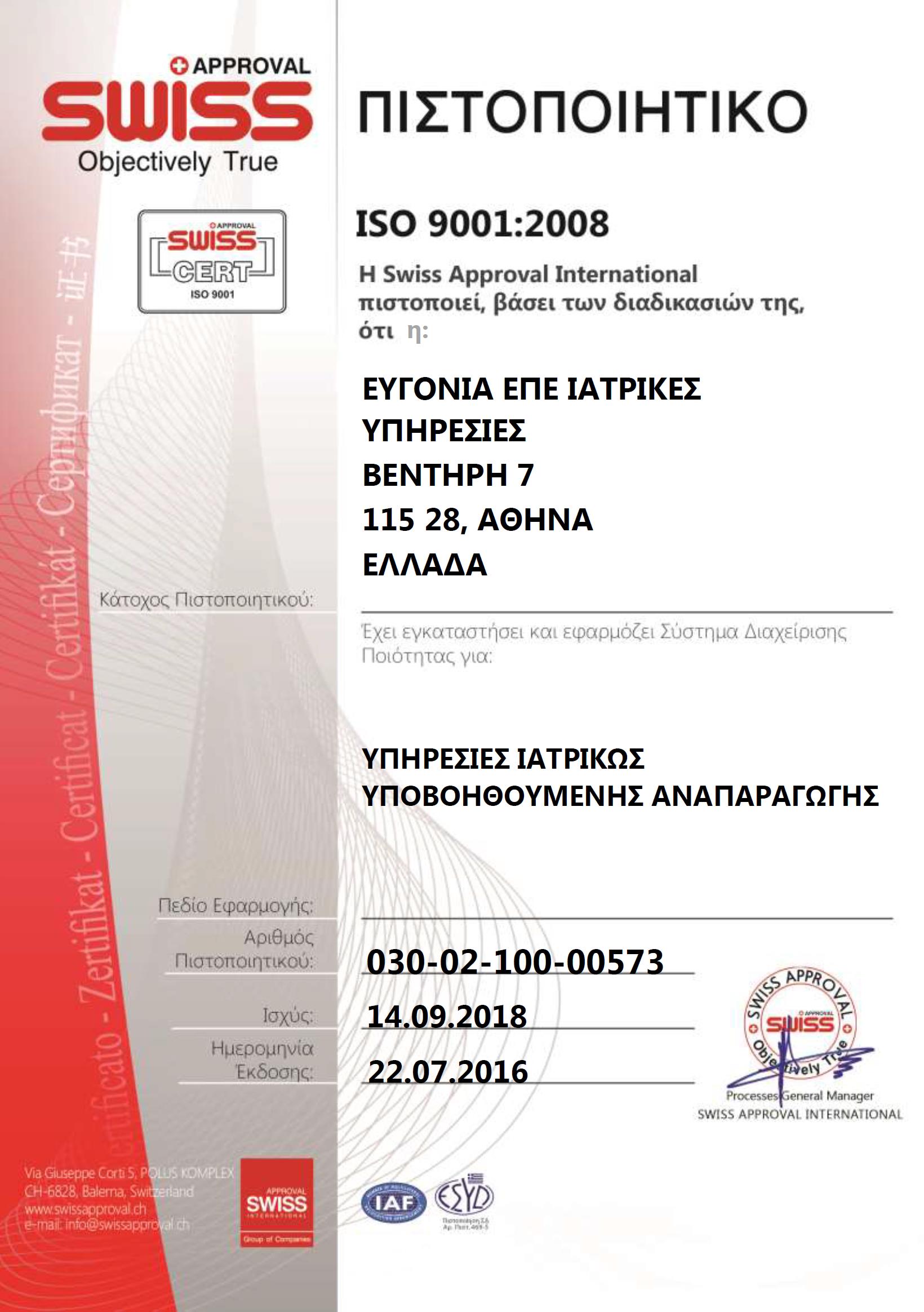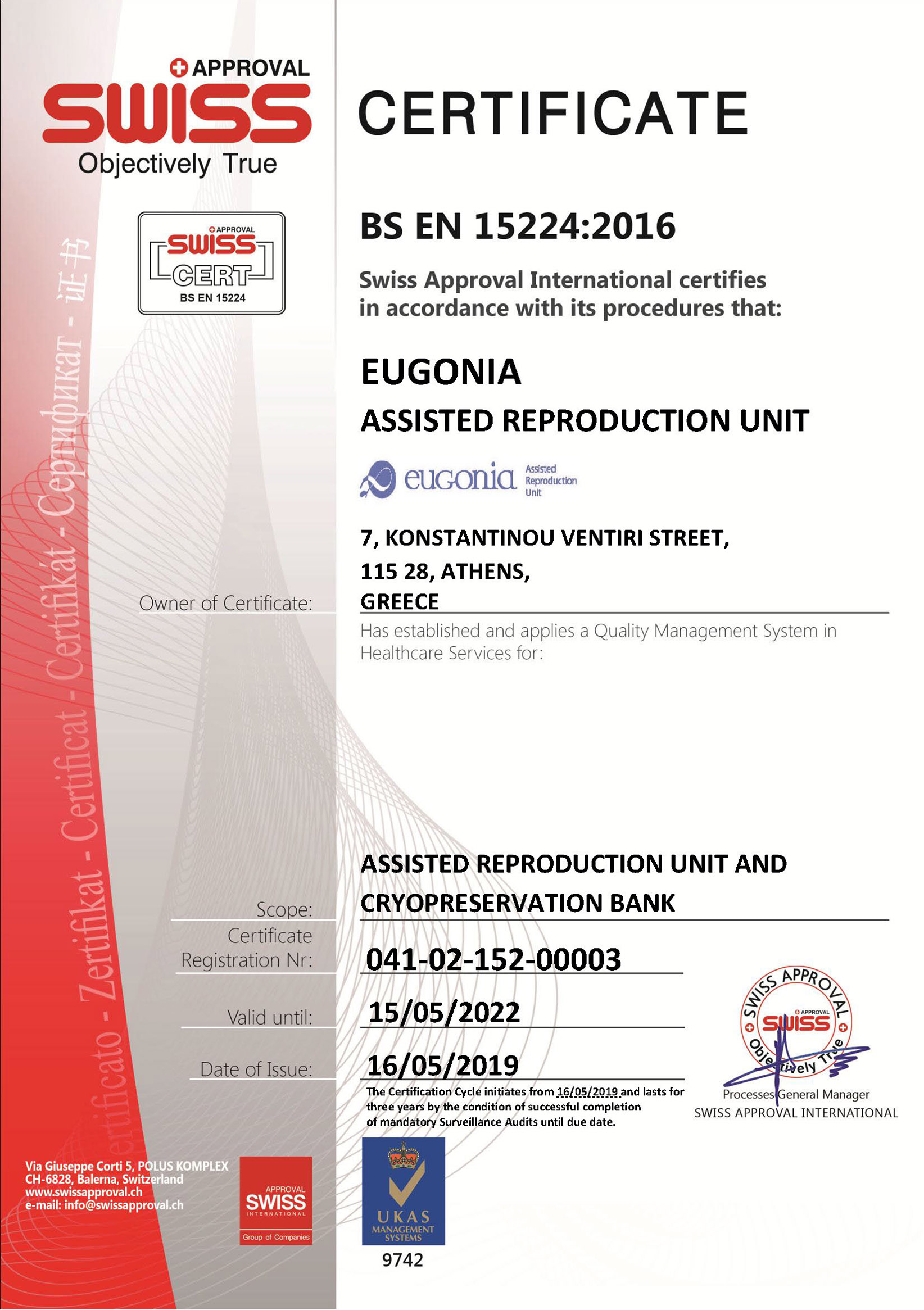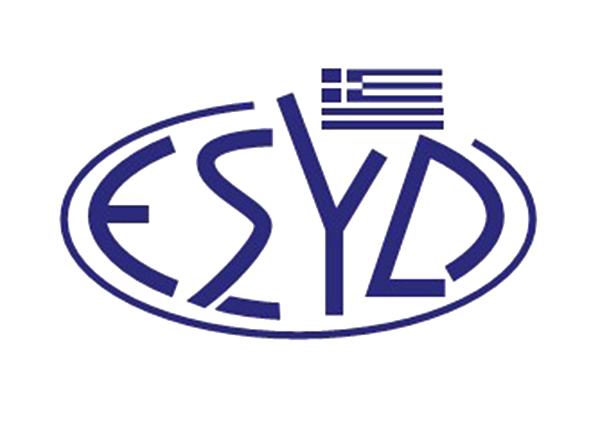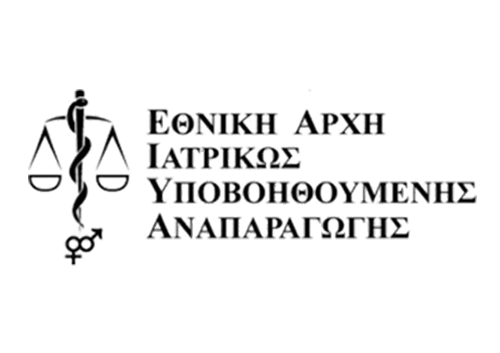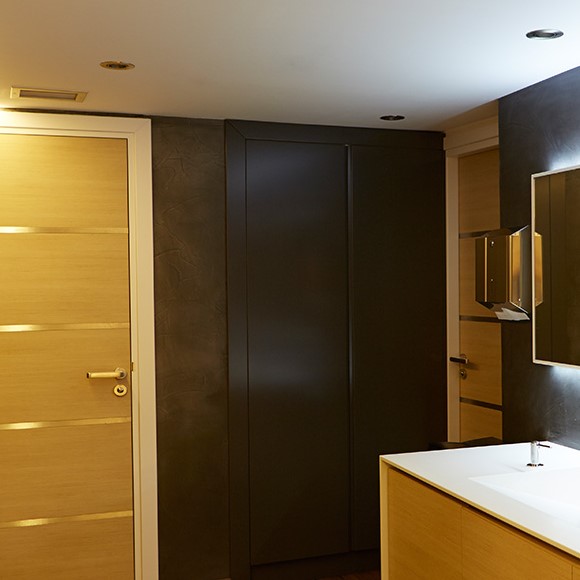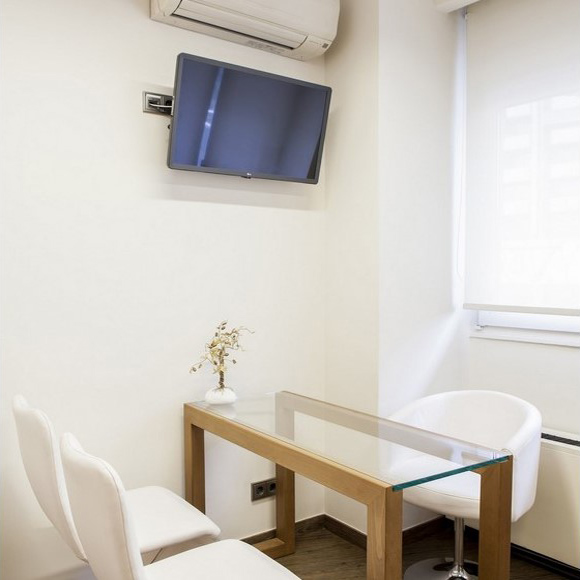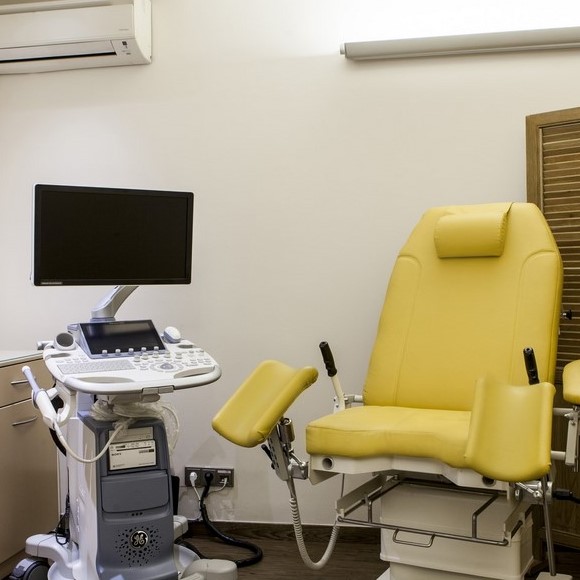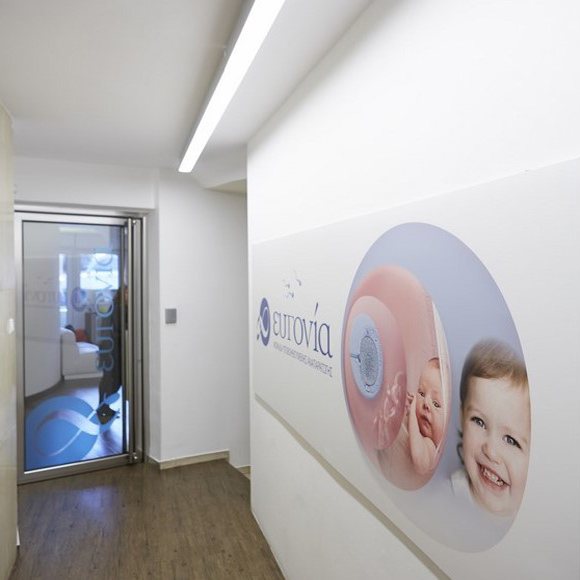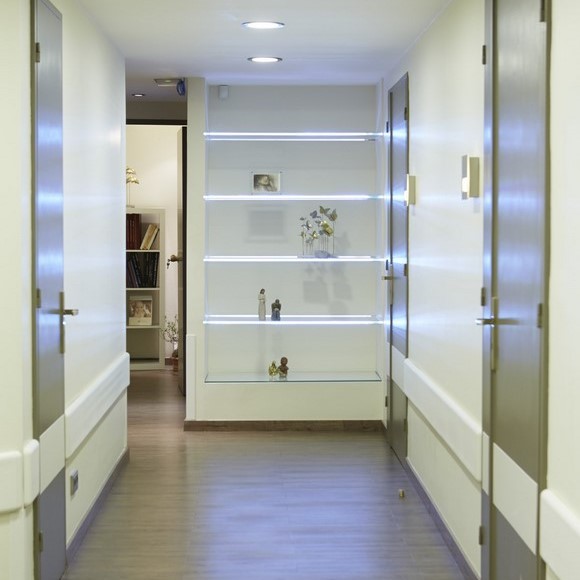Fibroids (also known as leiomyomas) are benign tumors of the uterus and they may be submucosal, intramural and subserosal according to their position within the uterus.
Intramural and subserosal fibroids are usually asyptomatic, unless they are too big and cause tension.
Submucosal fibroids are the type of fibroid that protrude fully or in part in the uterine cavity and they distort it. Submucosal fibroids may result in subfertility and their main symptom is anomalous haemorrhage from the uterus. They can be diagnosed with hysterosalpingography, transvaginal ultrasound, sonohysterography, computed tomography and magnetic resonance imagining. Hysteroscopy is however the diagnostic tool of choice.
Classification of submucosal fibroids
The classification of submucosal fibroids is essential for their treatment with hysteroscopic surgery. Submucosal fibroids are classified according to their degree of protrusion in the uterine cavity in:
- Fibroids that fully protrude inside the uterine cavity.
- Submucosal fibroids that their larger part (larger than their 3/5) protrudes inside the uterine cavity.
- Submucosal fibroids that their smaller part protrudes in the uterine cavity (smaller than their 2/5) and their larger part is located in the uterine wall (larger than their 3/5 in the myometrium).
- Multiple (more than 2) submucosal fibroids.
- Pedunculated submuscosal fibroids, of which a special category are the ones that protrude through the cervix.
Submucosal fibroids- Criteria for treatment
It goes without saying that the fibroids that protrude fully or in their largest partin the uterine cavity must be resected during hysteroscopy.
Determining factors for the hysteroscopic surgical treatment of fibroids are the precise diagnosis prior to surgery and their classification under transvaginal ultrasound that defines their size, their location, as well as their percentage relation to the wall and the perimetrium. These criteria are supplemented by the diagnostic hysteroscopic check that precedes their hysteroscopic resection. In the secondary criteria are include their hysterosalpingographic appearance.
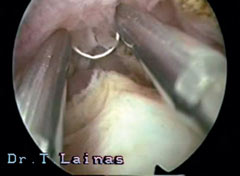
Pre-surgical administration of GnRH analoges for two months, reduces the size of the submucosal fibroids and eases their surgical removal with hysteroscopy and their blood supply. On a technical level, the hysteroscopic removal of submucosal fibroids is performed with the help of the resectoscope wire loop. Sections of the fibroid are gradually removed with the resectoscope until the entire fibroid has been removed.





